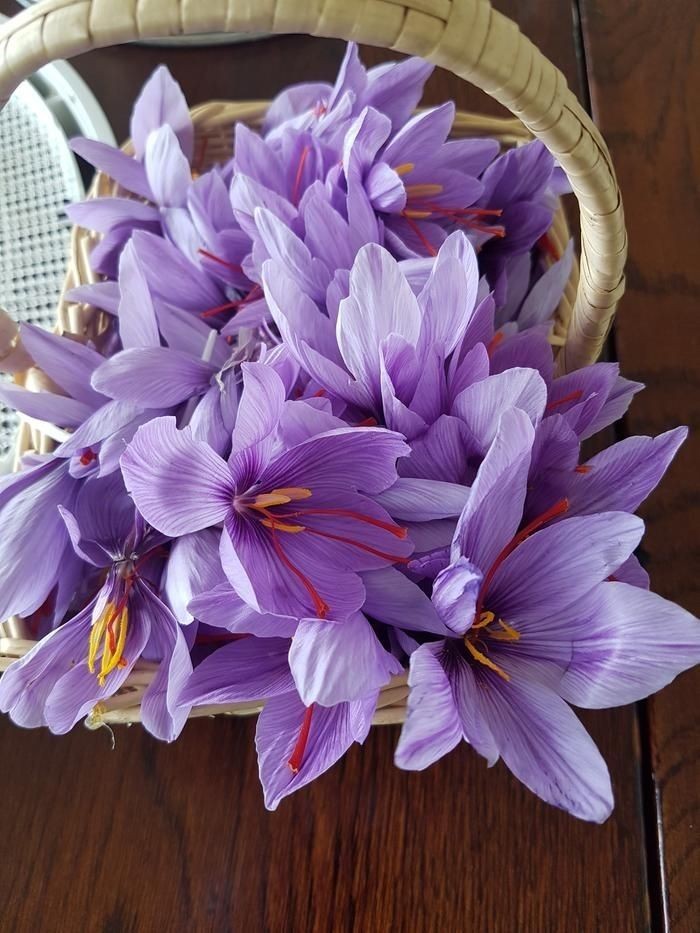Categories
The latest content
-
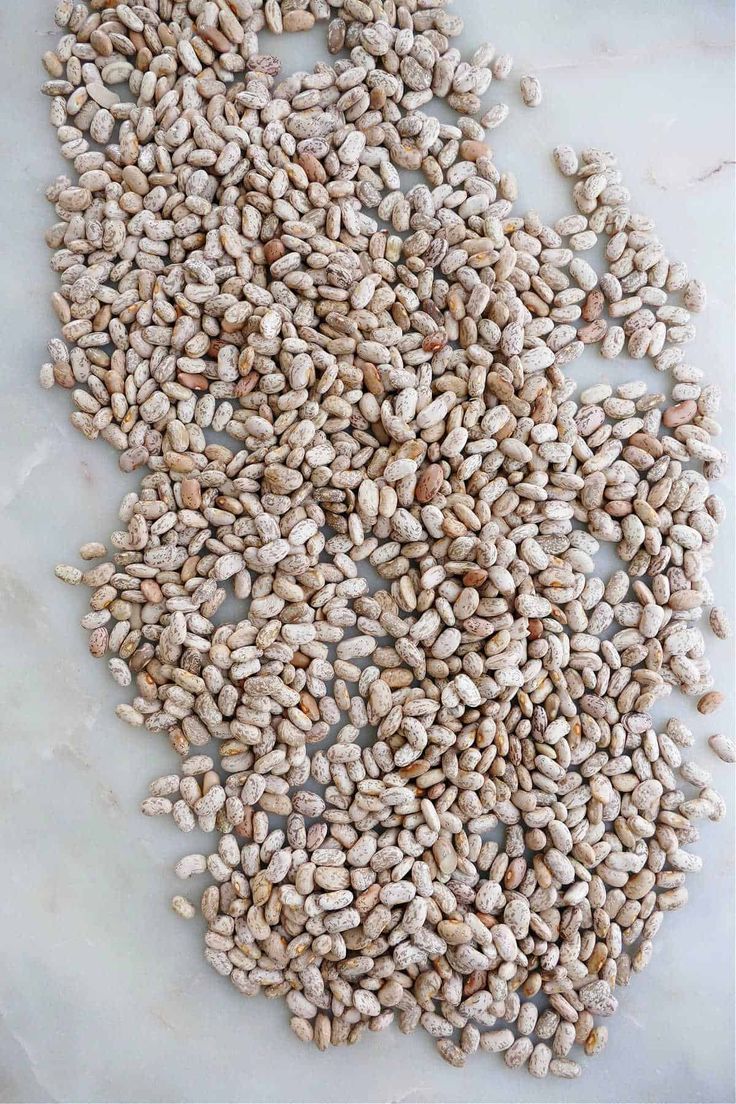
Customs Clearance & Import Regulations for Bulk Iranian Pinto Beans in EU, Middle East & Africa
..
-
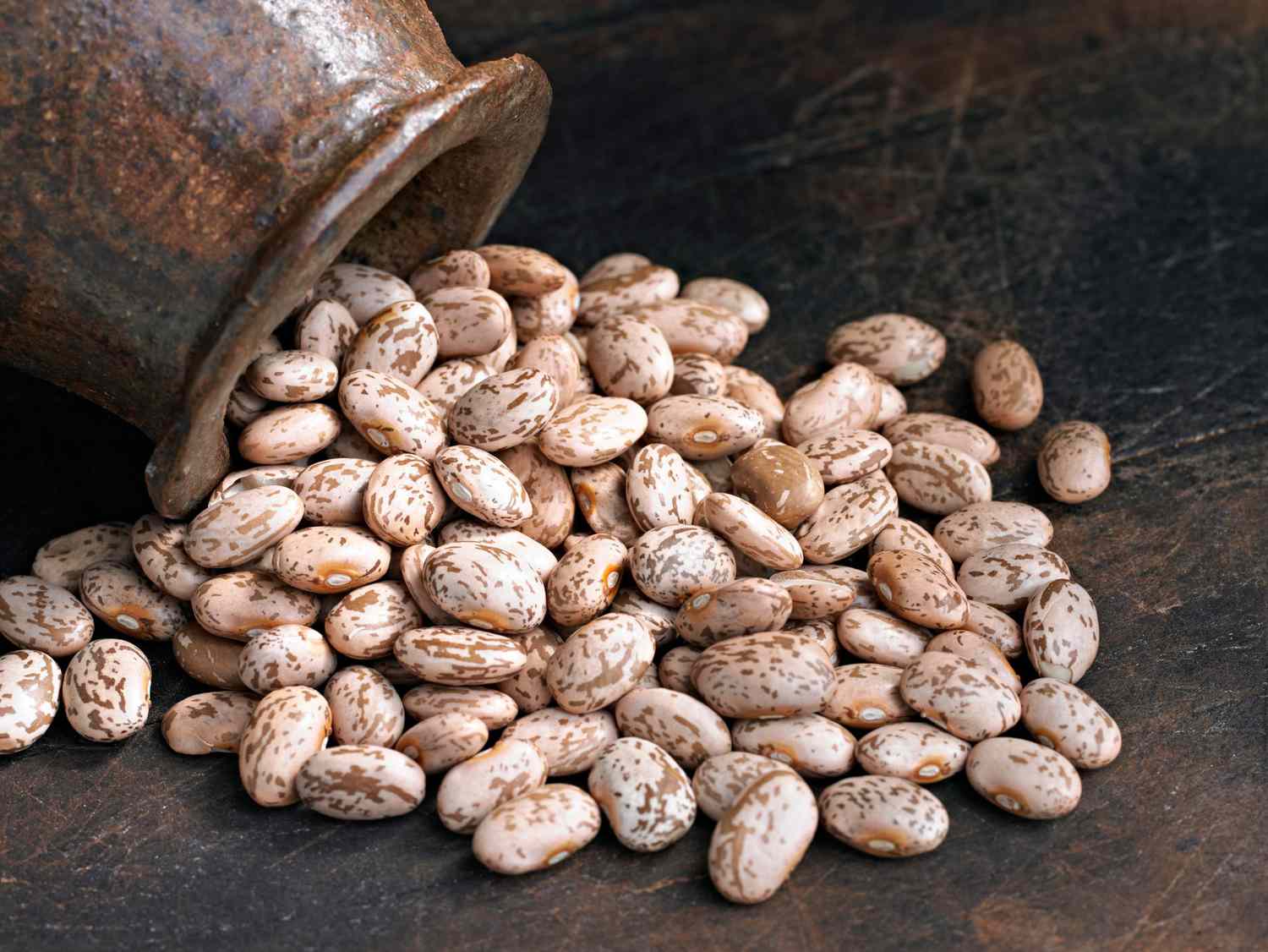
Quality Control & Laboratory Testing Standards for Iranian Pinto Beans
..
-
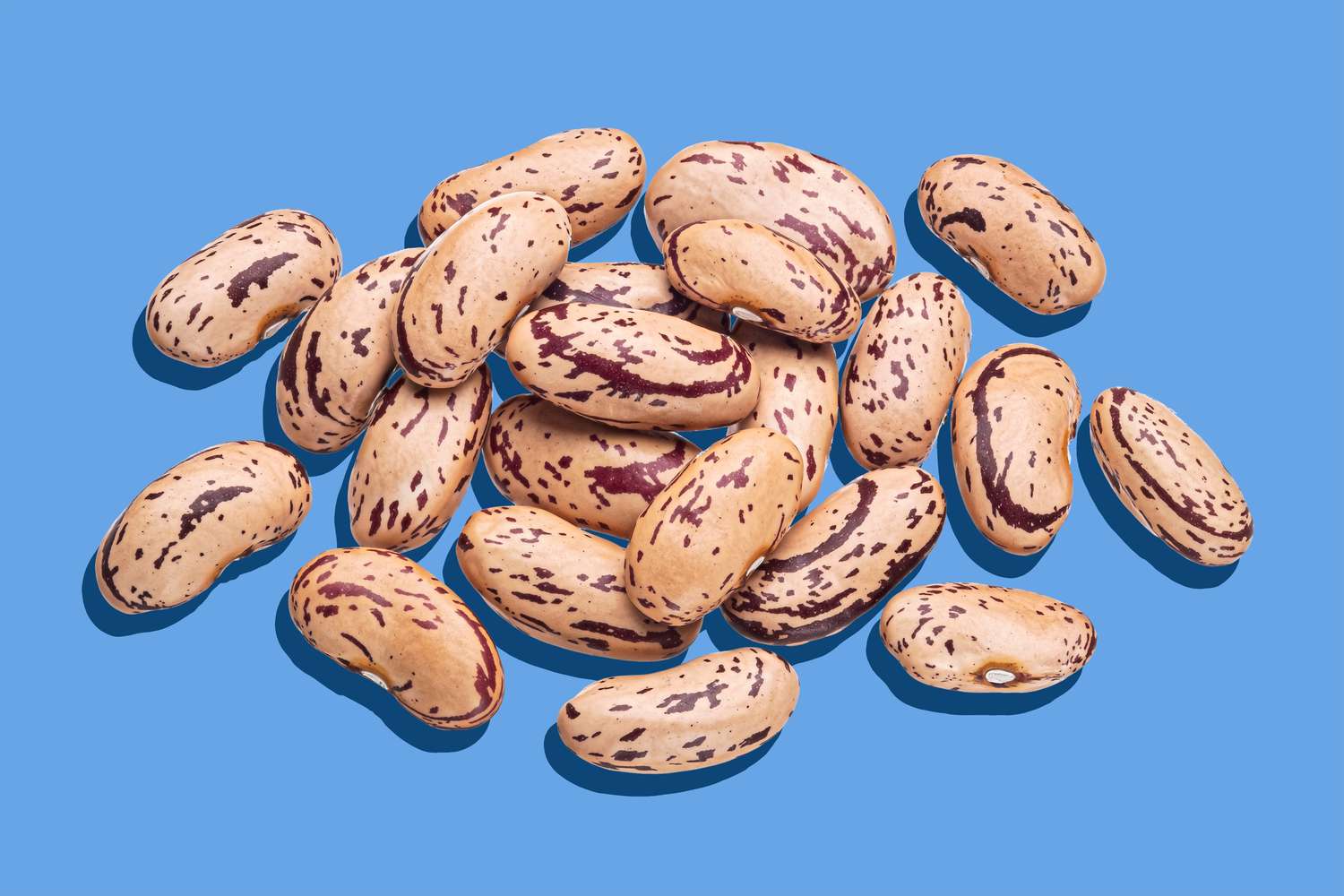
Logistics & Shipping Solutions for Bulk Iranian Pinto Bean Exports
..
-
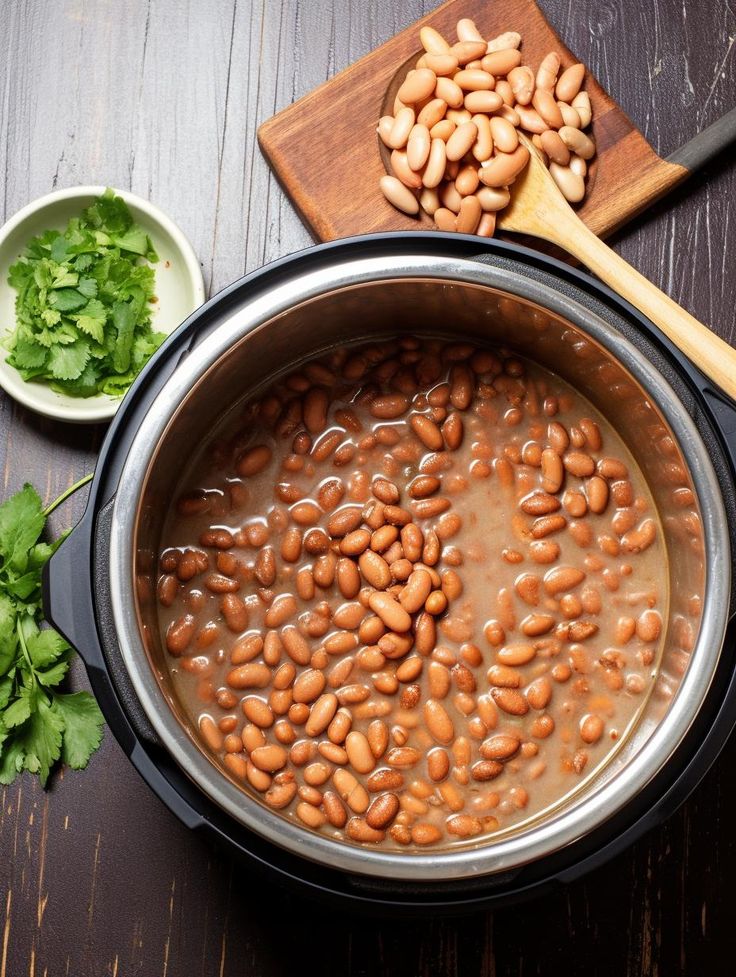
Minimum Order Quantity (MOQ) & Bulk Pricing for Iranian Pinto Bean Buyers
..
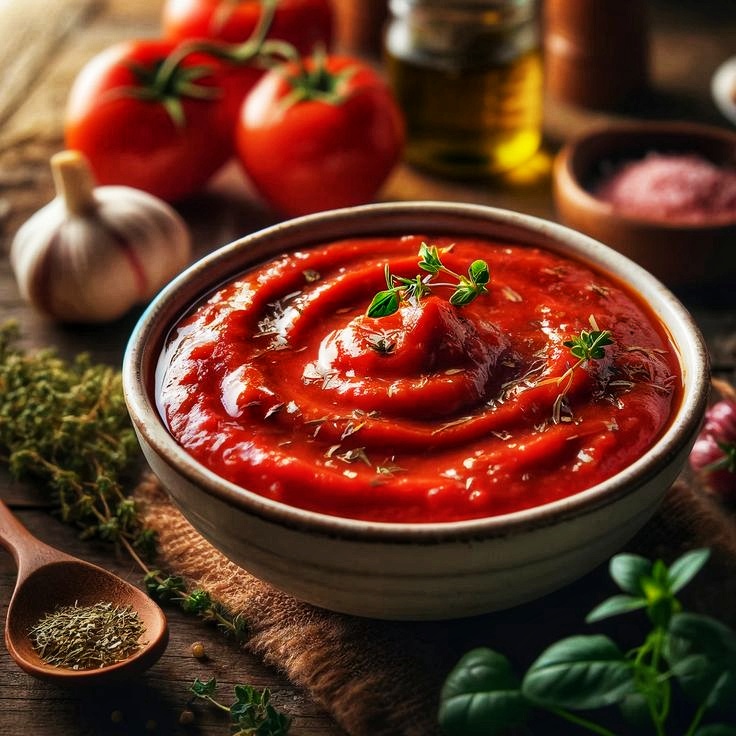
Tags
How Saffron is Harvested & Processed? A Step-by-Step Guide
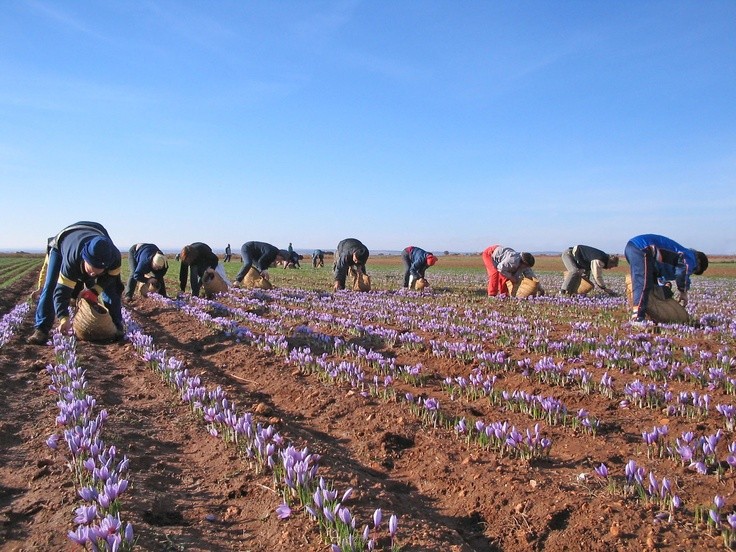
Iranian Super Negin Saffron is one of the most prized spices in the world, known for its rich aroma, deep red color, and unmatched quality. The harvesting and processing of saffron require great skill, patience, and attention to detail. Here’s a detailed guide on how saffron is cultivated, harvested, and processed to ensure the highest quality.
1. Cultivation & Growth
Saffron comes from the Crocus sativus flower, which thrives in dry, well-drained soil and a moderate climate. Iran, particularly regions like Khorasan, provides the perfect conditions for saffron cultivation. Farmers plant saffron corms (bulbs) in late summer, and after months of careful nurturing, the flowers bloom in autumn.
2. Hand-Harvesting the Flowers
Harvesting saffron is a delicate and labor-intensive process:
• Timing Matters: The flowers bloom for a short period, usually in October and November, and must be picked at dawn before they fully open.
• Manual Harvesting: Each flower is picked by hand to prevent damage to the delicate red stigmas (saffron threads).
• Daily Harvest: Farmers gather thousands of flowers each morning, ensuring freshness and quality.
3. Separation of Stigmas
Once the flowers are harvested, the next crucial step is separating the saffron threads:
• Each flower contains three red stigmas attached to yellow stamens.
• Skilled workers carefully pluck the stigmas by hand, ensuring no contamination from the yellow parts.
• This process must be done quickly to maintain the saffron’s potency and quality.
4. Drying & Curing
Drying saffron correctly is essential for preserving its intense flavor and aroma:
• Traditional Sun-Drying: Some farmers sun-dry the threads for a few hours.
• Controlled Drying: In modern facilities, saffron is dried at precise temperatures (30–50°C) to retain its essential oils and active compounds.
• The drying process reduces the moisture content, concentrating the saffron’s color and flavor.
5. Grading & Sorting
Iranian saffron is classified into different grades based on quality, with Super Negin being the finest:
• Super Negin: Long, unbroken red stigmas with high aroma and color strength.
• Negin: Similar to Super Negin but slightly shorter threads.
• Sargol: Pure red stigmas, shorter than Negin.
• Pushal & Bunch: Lower-grade saffron with yellow parts included.
6. Packaging & Storage
To maintain its premium quality, saffron is stored and packaged carefully:
• Airtight Containers: Protects saffron from moisture and light.
• Dark Glass Jars or Metal Tins: Prevents oxidation and preserves freshness.
• Vacuum Sealing: Ensures long shelf life for export markets.
7. Testing & Certification
Premium saffron undergoes strict quality control before reaching customers:
• Laboratory Testing: Measures purity, color strength (Crocin), aroma (Safranal), and taste (Picrocrocin).
• ISO Certifications: Ensures the saffron meets international quality standards.
• Handpicked Selection: Only the best threads are chosen for premium-grade saffron.
Final Thoughts
The harvesting and processing of saffron are labor-intensive but crucial for producing the world’s finest spice. The dedication of Iranian saffron farmers ensures that Super Negin Saffron maintains its legendary reputation. Whether you use it in cooking, tea, or beauty products, high-quality saffron offers unmatched flavor, color, and health benefits.
Are you looking to buy premium Super Negin Saffron? Explore our selection of handpicked, high-quality Iranian saffron for culinary and medicinal use!



